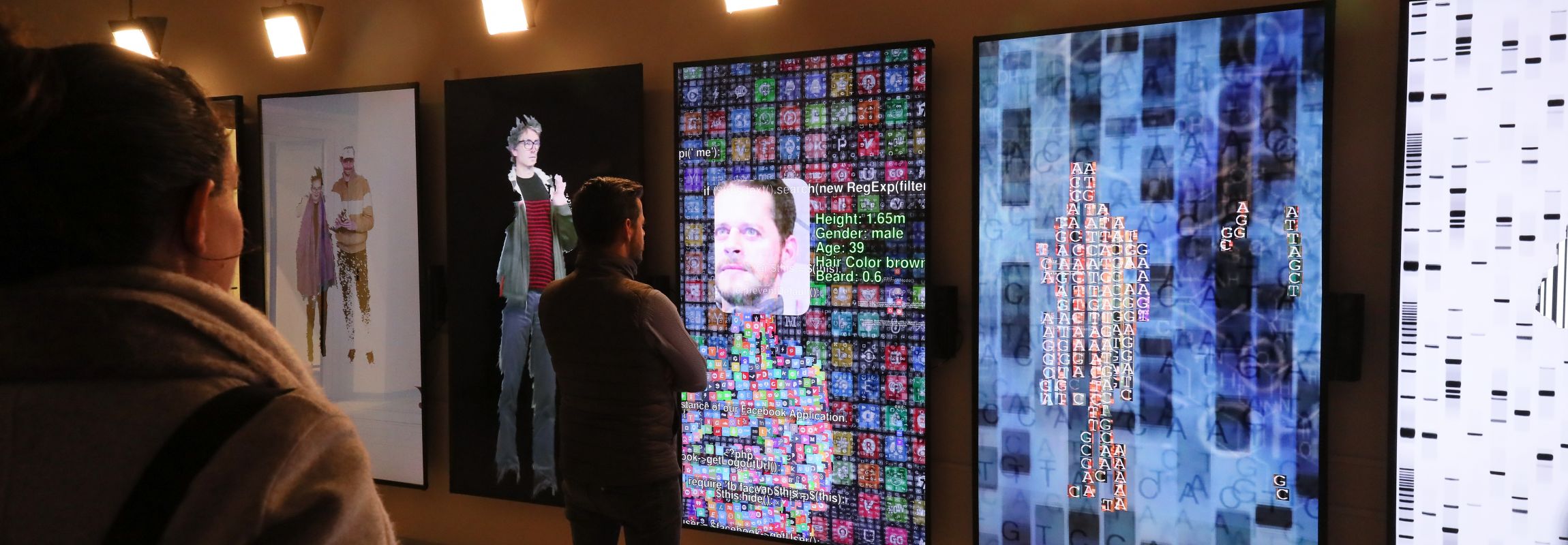EPFL Pavilions challenges the dominant history of archive-making. Archive 1.0 is said to have been a product of bureaucracy designed to be used as an instrument of management and power (as Michael Foucault set out in The Archaeology of Knowledge, 1969 1 ).
Archive 2.0 has been dubbed "archive fever" (after Jacques Derrida 2 ) since the mechanization and digitization of archival materials has created instant access to databases, based upon efficient dendritic classification, retrieval and statistical analysis.
Archive 3.0, the ‘future archive’, is based on the properties of recollection, regeneration, reworking; rich modes of engagement, new architectures; serendipities, visualizations, interfaces and interaction. Through collaborative co-creation, Archive 3.0 is dynamic, corresponding to a move from classification to remix, a paradigmatic shift from the orthodox model of stewardship, via curation and managed access, to one of co-production, as evident in the development of crowdsourcing and Application Programming Interfaces (APIs). Archive 3.0 calls for the creation of new prosthetic architectures for the production and sharing of archival resources. The animation of the archive derives its distributed authority from personal affective engagements with cultural memory.
- Michael Foucault (1969) L’archéologie du savoir, Paris: Gallimard. Translated as The Archaeology of Knowledge, Allan Sheridan (trans.), New York: Harper and Row, 1972. ↩
- Jacques Derrida (1995) Mal d'archive: une impression freudienne, Editions Galilée, Translated as Archive Fever: A Freudian Impression, Eric Prenowitz (trans.), Chicago: University of Chicago Press, 1996. ↩
Through collaborative co-creation, Archive 3.0 is dynamic, corresponding to a move from classification to remix, a paradigmatic shift from the orthodox model of stewardship, via curation and managed access, to one of co-production. Archive 3.0 calls for the creation of new prosthetic architectures for the production and sharing of archival resources. The animation of the archive derives its distributed authority from personal affective engagements with cultural memory.
EPFL Pavilions beings to make new forms of exhibition archiving available in its future archive. This experimental zone features full 3D models of exhibitions. It includes interactive installations from extant exhibitions now made available online. In its infancy, the portal will cleave new strategies to access the great pyramid of curatorial data, from exhibition catalogues through to video led tours.
